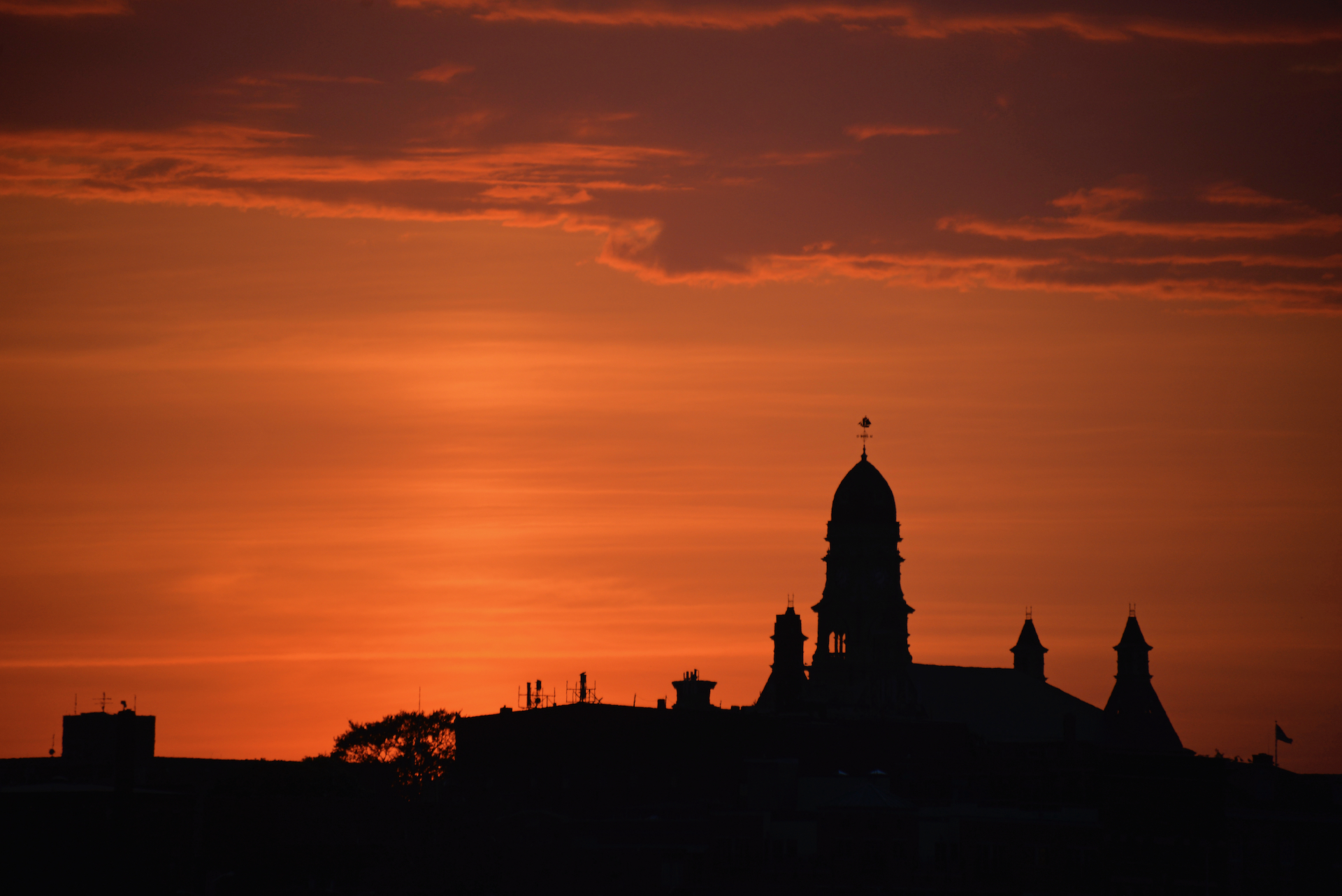Just like similar projects in Paris, the Ringstrasse development in the 19th century completely transformed Vienna. Out came the medieval city walls and moats; in went the Staatsoper, the Burgtheater, parts of the Hofburg, the Parliament, and the neo-gothic Rathaus (“Town Hall”). Completed in A.D. 1883, Friedrich von Schmidt’s town hall is the home of Vienna’s mayor and city council.
The 5.4 meter green figure on the top of the spire is the Rathausmann, a medieval knight made from melted-down Russian kopecks. He wears the armor of Emperor Maximilian I – similar to the armor you might see in Graz’s Landeszeughaus.
Ringstrasse Bonus: The money for the original medieval walls came from Richard the Lionheart’s ransom. If you remember your Robin Hood, the King of England was captured by Leopold V, Duke of Austria as Richard I tried to sneak home through continental Europe after the Crusades.
The rebellious monarch was initially kept in Dürnstein Castle, then given into the care of Henry VI, Holy Roman Emperor. Henry VI demanded 150,000 marks for Richard’s release – a gobsmacking sum for the time. According to Wikipedia:
“At the same time, John, Richard’s brother, and King Philip of France offered 80,000 marks for the Emperor to hold Richard prisoner until Michaelmas 1194. The emperor turned down the offer. The money to rescue the King was transferred to Germany by the emperor’s ambassadors, but “at the king’s peril” (had it been lost along the way, Richard would have been held responsible), and finally, on 4 February 1194 Richard was released. Philip sent a message to John: “Look to yourself; the devil is loose.”
Thanks to the hard work of Richard’s mother, Eleanor of Aquitaine, and crippling taxation, the ransom was paid. 50,000 marks went to Leopold and 100,000 marks went to Henry VI. Who promptly built a wall.

